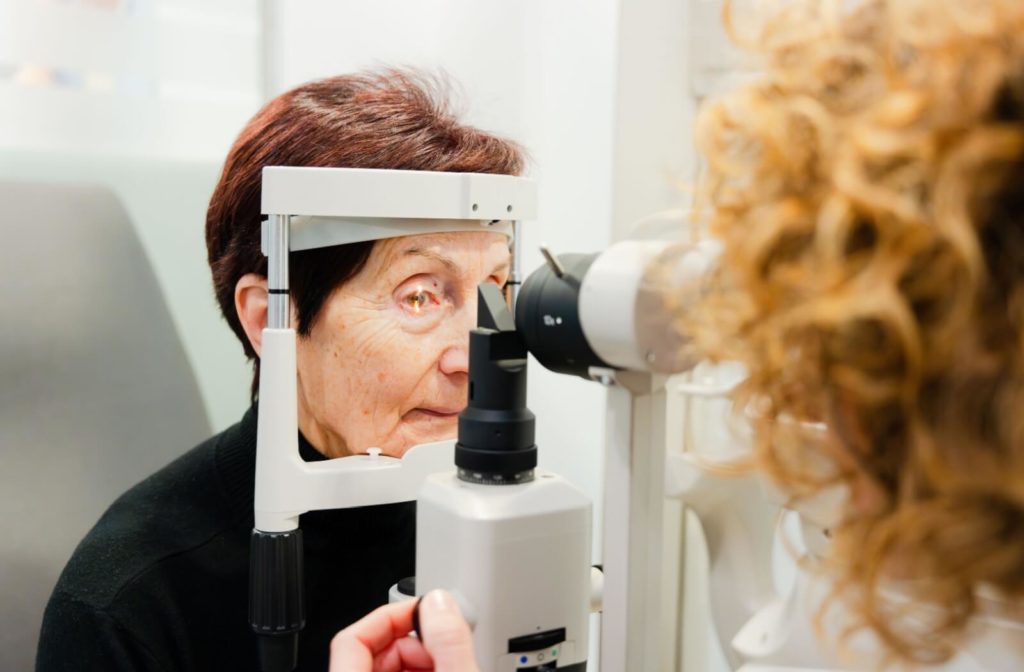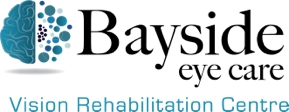Vision is one of the most important senses, and protecting it requires understanding common eye conditions. Glaucoma and cataracts are two of the most frequent eye issues, but they differ significantly in their causes, symptoms, and treatments.
Both conditions can affect your vision and quality of life, but with early diagnosis and management, their impacts can often be minimized.
At Bayside Eye Care, we’re committed to helping you preserve your eye health with services like comprehensive eye exams and specialized care for conditions like glaucoma. Understanding the differences between glaucoma and cataracts is the first step toward protecting your vision.
What Is Glaucoma?
Glaucoma is a group of eye diseases that damage the optic nerve, often caused by elevated intraocular pressure (IOP). This condition can lead to gradual vision loss if left untreated. Glaucoma typically develops slowly and may not present noticeable symptoms in its early stages, earning it the nickname “the silent thief of sight.”
Types of Glaucoma
- Open-Angle Glaucoma: The most common type, where drainage canals in the eye become less efficient over time, leading to increased IOP.
- Angle-Closure Glaucoma: A less common but more severe form that occurs when the iris blocks the eye’s drainage angle, causing a sudden rise in pressure.
- Normal-Tension Glaucoma: Optic nerve damage occurs even though eye pressure is within a normal range.
- Secondary Glaucoma: Caused by another eye condition, such as injury, inflammation, or medication side effects.
Early detection is crucial for managing glaucoma, as vision loss from optic nerve damage is irreversible. Regular eye exams, like those offered at Bayside Eye Care, are essential for early diagnosis and monitoring.
What Are Cataracts?
Cataracts occur when the lens of the eye becomes cloudy, leading to blurred or dim vision. Cataracts typically develop gradually and are most commonly associated with aging. Over time, proteins in the lens break down and clump together, creating areas of cloudiness that make it difficult to see clearly.
Causes of Cataracts
- Aging: The most common cause of cataracts.
- UV exposure: Prolonged exposure to ultraviolet light may accelerate cataract development.
- Medical conditions: Diabetes and certain medications, such as corticosteroids, can increase the risk.
- Injury: Trauma to the eye can cause cataracts.
- Genetics: Family history may also play a role in developing cataracts earlier in life.
Unlike glaucoma, cataracts are treatable through surgery, where the cloudy lens is replaced with a clear artificial lens.
Key Differences Between Glaucoma and Cataracts
Cause
- Glaucoma: Caused by increased eye pressure or optic nerve damage.
- Cataracts: Caused by the clouding of the eye’s natural lens, often due to aging.
Symptoms
- Glaucoma: Often asymptomatic in early stages. As it progresses, symptoms include peripheral vision loss, eye pain, and blurred vision.
- Cataracts: Symptoms include blurred or cloudy vision, difficulty seeing at night, sensitivity to light, and colors appearing faded.
Progression
- Glaucoma: Gradual and often irreversible vision loss, starting with peripheral vision.
- Cataracts: Progressive clouding of vision, which can usually be restored with surgery.
Treatment
- Glaucoma: Managed with eye drops, laser treatments, or surgery to reduce eye pressure.
- Cataracts: Treated through cataract surgery, where the cloudy lens is replaced with an artificial lens.
Shared Risk Factors
While glaucoma and cataracts have different causes, they share several risk factors, including:
- Age: Both conditions are more common in individuals over 60.
- Family history: Genetics play a role in your risk for both glaucoma and cataracts.
- Medical conditions: Conditions like diabetes can increase the risk for both.
- UV exposure: Prolonged sun exposure can contribute to cataract formation and possibly affect glaucoma risk. Protecting your eyes with sunglasses can reduce the risk of developing glaucoma and cataracts.
Diagnosis and Monitoring
Regular eye exams are vital for diagnosing and monitoring both glaucoma and cataracts. During an exam, your eye doctor will:
- Measure your intraocular pressure to check for glaucoma.
- Examine the clarity of your eye’s lens to detect cataracts.
- Use advanced imaging tools to assess the optic nerve and retina for signs of damage.
Bayside Eye Care offers diagnostic services to catch these conditions early and provide personalized care.

Treatment Options
Glaucoma
Glaucoma treatment focuses on lowering intraocular pressure to prevent further optic nerve damage. Common treatment options include:
- Prescription eye drops: Reduce eye pressure by improving fluid drainage or decreasing fluid production.
- Laser therapy: Improves fluid outflow in open-angle glaucoma or reduces blockage in angle-closure glaucoma.
- Surgery: Procedures like trabeculectomy or minimally invasive glaucoma surgery (MIGS) are used when other treatments are ineffective.
Cataracts
Cataract treatment involves surgical removal of the cloudy lens and replacement with an artificial intraocular lens (IOL). Cataract surgery is a highly successful procedure with a low risk of complications.
If you’re concerned about cataracts, regular eye exams can help determine the right time for surgery and ensure you’re referred to a trusted specialist.
Preventing Vision Loss
While some risk factors for glaucoma and cataracts are beyond your control, adopting healthy habits can help preserve your vision:
- Wear UV-Protective sunglasses: Shield your eyes from harmful rays.
- Maintain a healthy diet: Foods rich in antioxidants, like leafy greens and fish, can support eye health.
- Manage medical conditions: Keep conditions like diabetes and high blood pressure under control.
- Schedule regular eye exams: Early detection is crucial for managing glaucoma and cataracts.
Why Early Detection Matters
Catching glaucoma and cataracts early allows for timely treatment and better outcomes. Regular eye exams can identify these conditions before they significantly affect your vision.
Whether you’re managing the gradual pressure changes of glaucoma or deciding when to pursue cataract surgery, your eye care team can guide you every step of the way.
Protect Your Vision with Bayside Eye Care
Understanding the differences between glaucoma and cataracts empowers you to take control of your eye health. At Bayside Eye Care, we provide comprehensive services to help you protect your vision, including diagnosis, monitoring, and personalized treatment plans.
Contact us to schedule your eye exam today and let us help you maintain clear, healthy vision for years to come.



